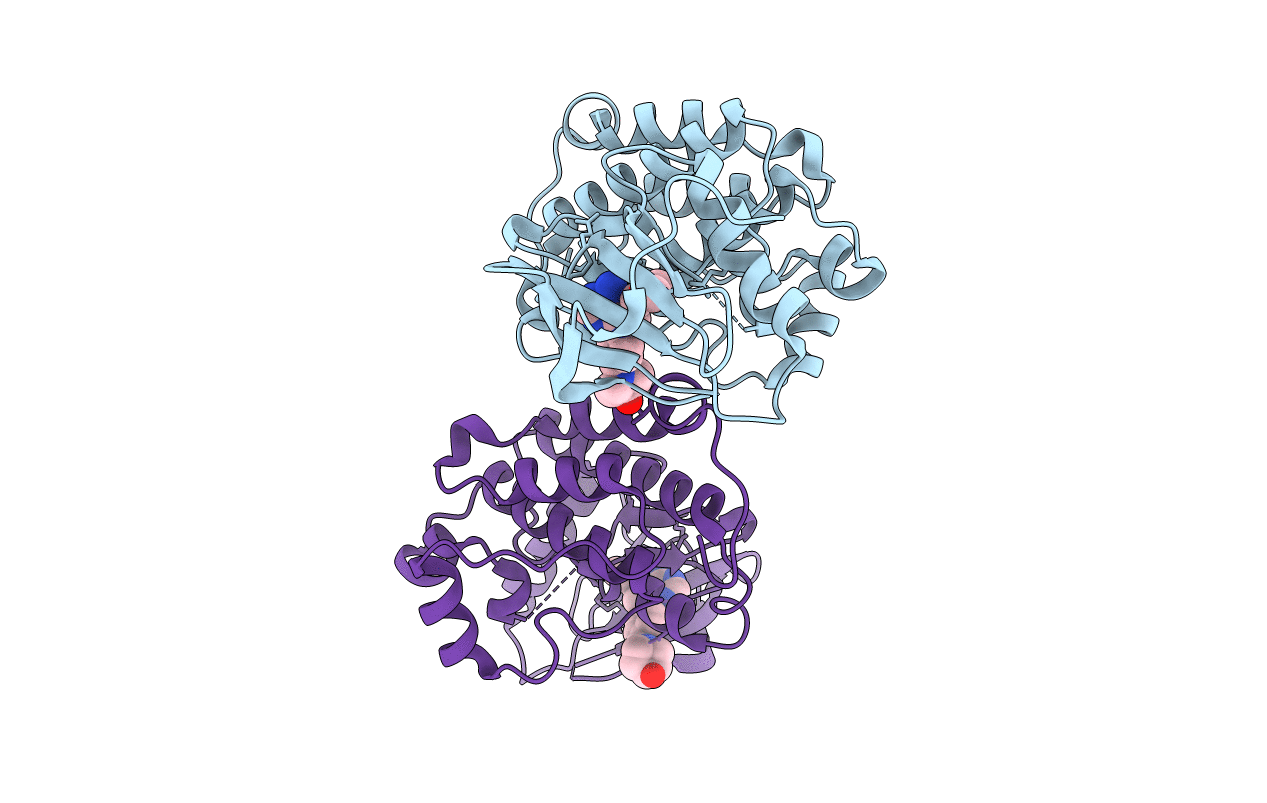
Deposition Date
2005-01-27
Release Date
2006-01-27
Last Version Date
2023-10-25
Entry Detail
PDB ID:
1YOL
Keywords:
Title:
Crystal structure of Src kinase domain in complex with CGP77675
Biological Source:
Source Organism:
Homo sapiens (Taxon ID: 9606)
Host Organism:
Method Details:
Experimental Method:
Resolution:
2.30 Å
R-Value Free:
0.24
R-Value Work:
0.19
R-Value Observed:
0.19
Space Group:
P 1


